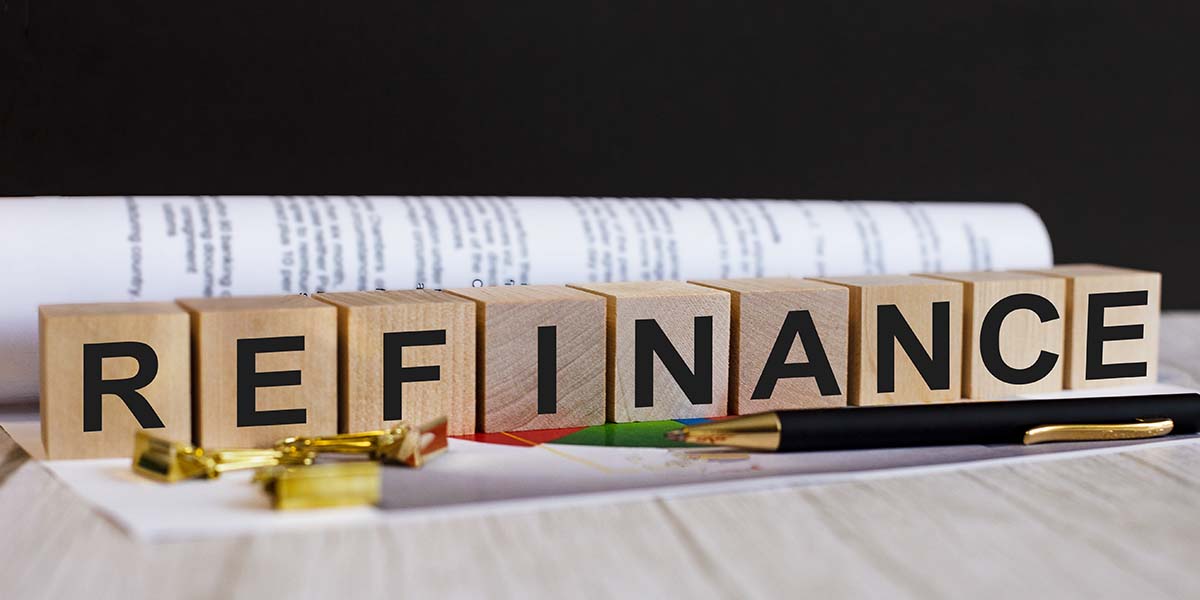Refinansiering (Refinancing): What is It and How Does it Work?
Refinansiering, which is Norwegian for refinancing, is a process that involves revising and then replacing the terms of existing debt with a new one. The debt is typically a loan or a mortgage. The new loan will preferably have more favorable terms and will be used to pay off the initial loan. The idea is to make the repayment process worthwhile for both the lender and the borrower.
When individuals elect to refinance their credit obligations, they effectively seek to change their interest rates. That is to a more favorable one. It also affects their payment plan as well as other terms in their previous contract. If the refinance is approved, the borrower gets another contract that replaces the original one.
Oftentimes, a borrower may choose to do a refinance when interest rates fall to a considerable level. With this, they can save on their debt payments by getting a new contract. The details of a refinancing agreement will depend on your loan type and may differ from one lender to another.
You can refinance more than one loan. If you have several debts with creditors and banks, you can take out a new loan to finance these debts. What it means is that you will combine all your debts and small loans in one. These debts can be credit card debts or other types of loans. You can learn more here.
Why You May Need to Refinance
When you have various debts, it is quite easy to confuse them and lose track of how much you owe. This means you may confuse your repayments too. What refinancing does for you is that rather than repaying these loans individually, a new loan takes care of them for you.
Repaying your debt becomes easier as you will only need to handle one monthly payment and avoid confusing deadlines. You will also get a better overview of your finances. In addition, you will most likely get much lower interest rates on your debt.
Bear in mind, though, that refinancing does not equate to not paying fees on each of your loans. It also does not necessarily mean that you will get lower rates of interest. It just allows you to pay up your debts faster. You will get a lower total cost and will also avoid paying more fees than is necessary.
How Does Refinancing Work?
There is usually no limitation to the kind of loans that one can refinance. You may refinance home loans, auto loans, credit card debts, or any other debt. This often comes about because your previous loan may be too expensive, and you cannot keep up with it. Your financial situation may also have changed when you first borrowed money, and you can get more favorable terms now.
When you refinance, you can modify your loan terms, but the original balance of your loan will not change. Also, depending on your lender, your collateral may still need to be in place.
To refinance your debts, you need to approach your current lender or get a new one. You will present this request to the lender and fill an application. The lender will re-evaluate your financial situation and original credit terms, including the amount and the creditors you owe.
With this, the lender will consider the type of loan that is best for you. You may be offered an ordinary refinancing without collateral, meaning that the lender takes over your other debts. Another option is offering you refinancing through a flexible loan.
A flexible loan is when you obtain a loan account with a maximum limit on what you may take out. This amount is at your disposal, and you may use it freely to repay your debts amid other things. You can choose how much you like to withdraw and will only pay for whatever you spend.
You can tell the lender if you would like to spend all the money or a part of it on refinancing your debts. If spending only a part of it, the remaining will be paid as a repayment debt. No matter what you choose to do, you will receive only one invoice every month. This will show a fixed deduction and a payment deadline.
Benefits of Refinancing
Refinancing comes with many benefits, from cutting your costs to paying lower installments. Here are the reasons you need to consider doing so:
Get Rid of Expensive Debts
It is easy to rack up expensive debts on your credit cards, and with small loans, these debts can add up pretty quickly. This is because they typically have high fees that must be paid within a short period. This may not be a problem as long as you can pay the fees on time.
It only becomes a problem when you have several loans and you cannot pay for the installments. If this happens consistently, you may have problems paying the associated costs. Refinancing helps you to avoid this.
Lower Monthly Installments and Fee Costs
One major reason to refinance is the reduction in the amount and cost that you pay. You get to have your fixed monthly payments reduced. This means that you can have extra money and use it somewhere else. Although the total cost of repayment is higher at the end of the day, you pay a lower monthly installment. This is achieved by extending the repayment period of the loan.
Other Benefits
Asides from the two reasons above, when you refinance, it also means that you can take on higher debts. You can extend your mortgage to refurbish your home, have some other investments or get equity for another house.
There is also the psychological aspect. Many people are afraid of ending in debt, which can stress them and affect their mental health. By refinancing, they can easily pay up their debts and avoid getting into a situation under pressure.
Conditions For Refinancing
Some conditions must be met before you can refinance. These includes:
Age
To apply for refinancing, you need to be over 18 years old. Only a few lenders allow people who are under 20 years of age to apply. The age limit for most banks, especially the large ones, is 23 years. In addition to this, your age plus the period of repayment must not exceed 80 years. The shortest repayment period is typically a year. You should choose your repayment period based on what you can afford to pay monthly.
Income
To qualify for a refinance, you must have an income. The amount of income required differs from one lender to another. This typically starts from NOK 100,000 and can reach up to NOK 250,000, depending on the bank.
However, the minimum income amount required by most lenders is NOK 120,000. Additionally, you must not have any payment remarks. Also, your debt total may not be more than 5 times your gross income. Note that not all refinancing offers are good; therefore, it is wise to apply to several lenders and compare their offers. This can be quite cumbersome as well as time-consuming.
To make the process easier, you can use a service that helps you send your application to many lenders at once. The service is often free. You can check out https://www.refinansiere.net/ to learn more.
Refinansiering (Refinancing): Conclusion
Refinancing helps you to manage your debts better. It removes any form of confusion and, more importantly, lowers your cost by providing you more favorable terms to repay your loan. Although your debt profile is not lowered when you refinance, you have access to more money. With this, you can be at ease and repay your debts faster.



















